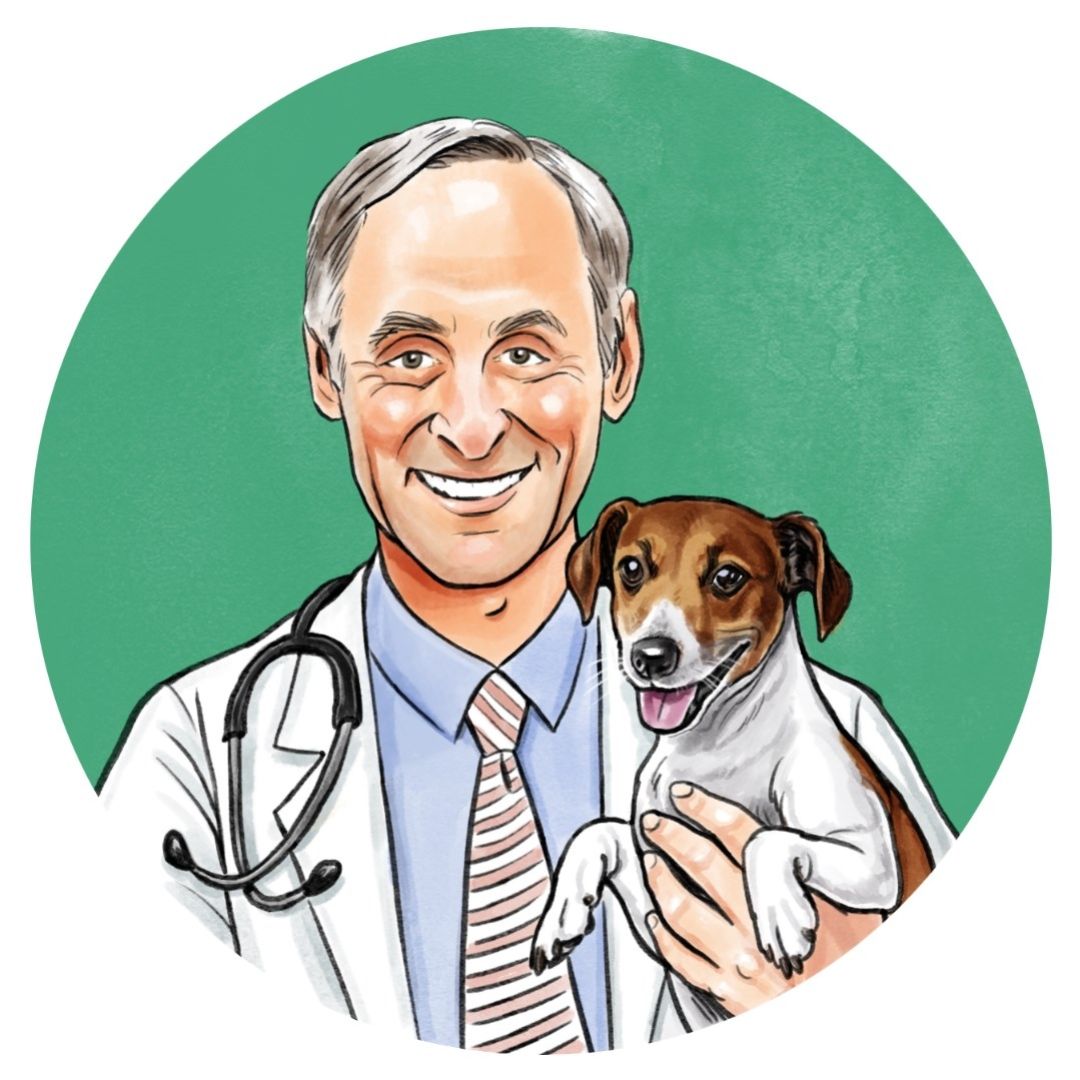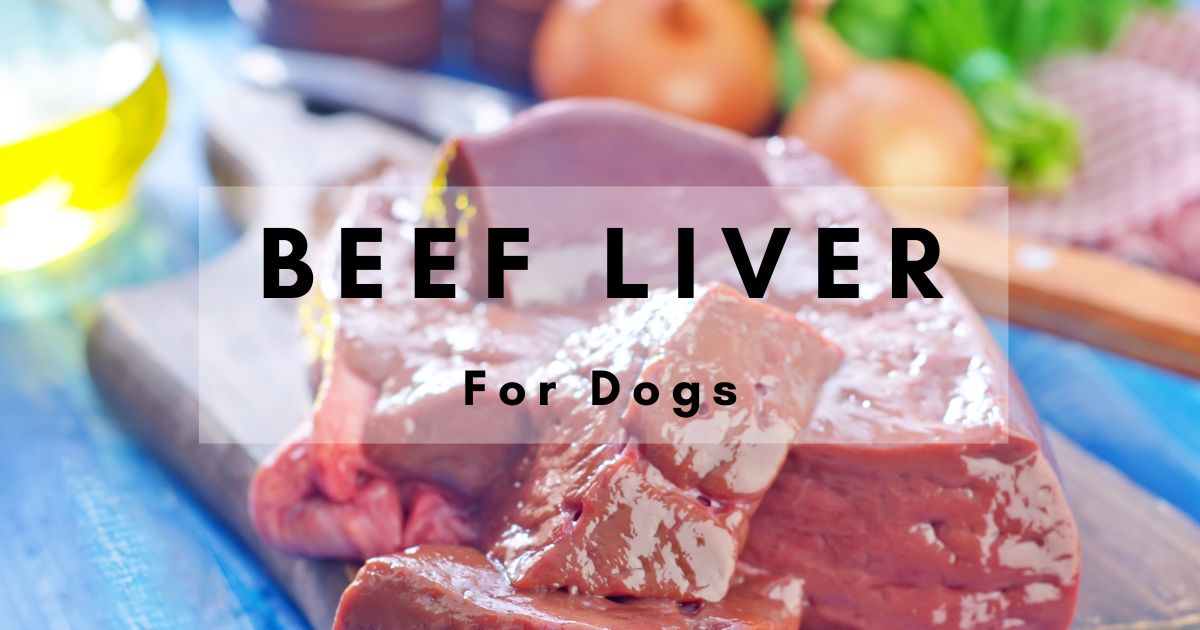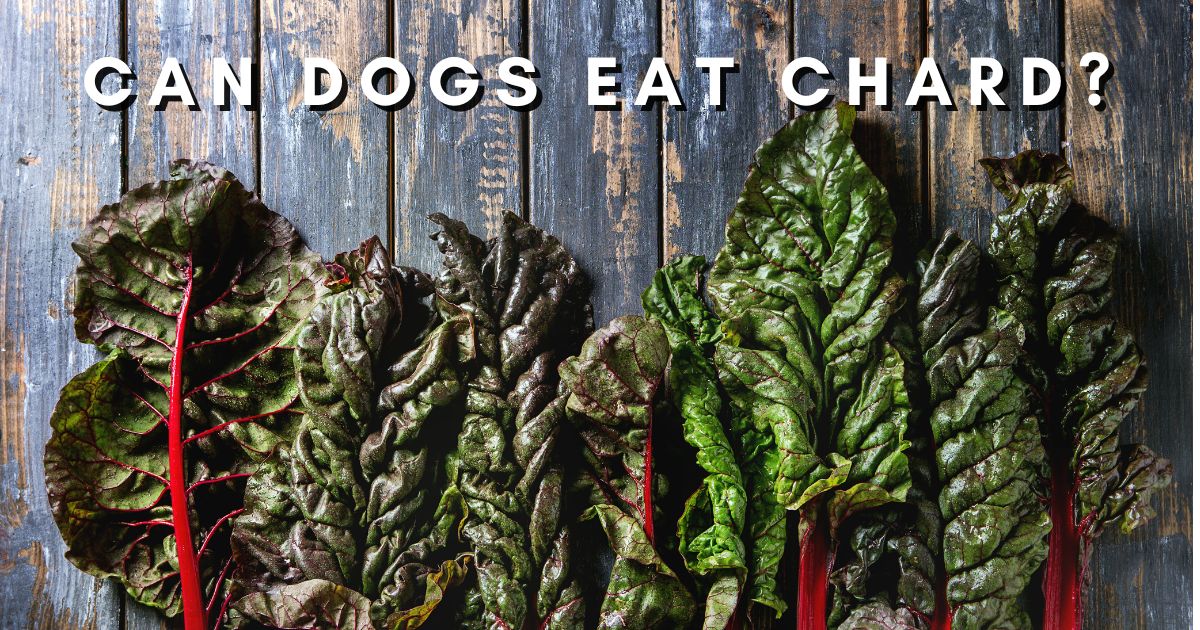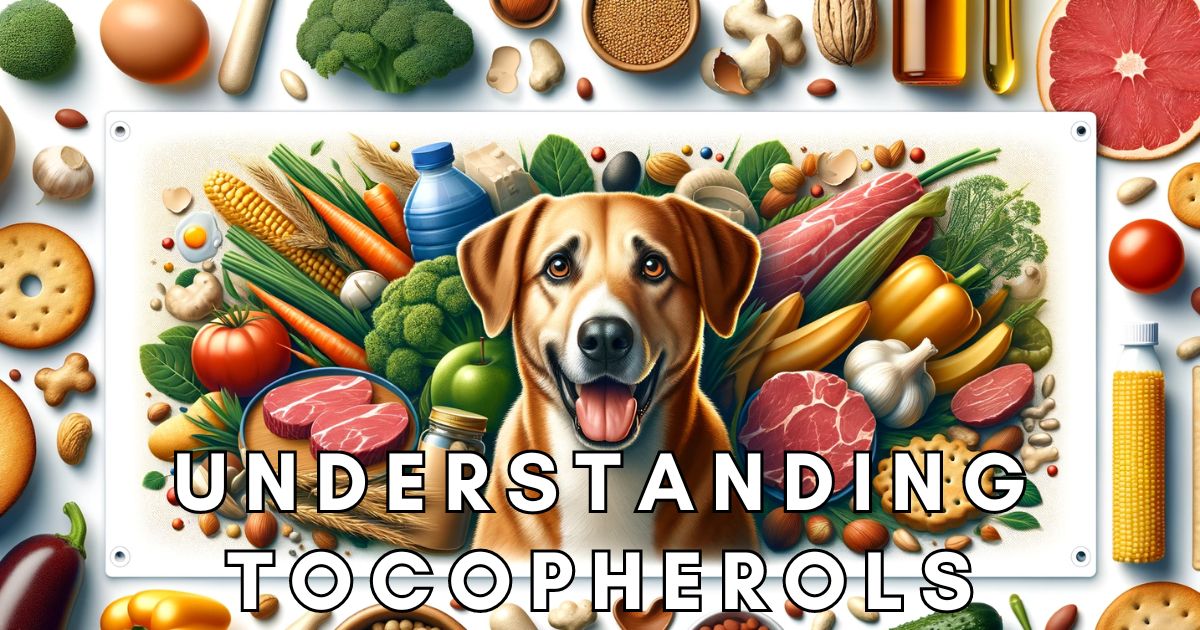Optimal Nutrition: Decoding How Much Protein Dogs Really Need

Unveiling the Importance of Protein in Canine Diets

The Building Blocks of Your Dog's Health
Protein is to your dog's health what the foundations are to your house – absolutely essential. It's a key element in helping maintain their overall well-being by supporting various bodily functions.
Why Protein is More Than Just Muscle
Protein keeps your furry friend's muscles strong, but its role goes beyond that. From healthy skin and a lustrous fur coat, to vital enzymes that help power countless bodily reactions, protein is a must-have in your dog's diet.
Potential Benefits of Protein:
- Helps build and repair muscle and other tissues 1
- Helps maintain healthy fur, skin, and nails 2
- Helps enzymes to catalyze chemical reactions 3
- Provides energy 4
- Promotes healthy bodily functions 5
- Helps support the immune system 6
Dogs require 22 amino acids for optimal health. But, they’re only able to make half of these in the body. The rest must come from the protein they eat daily. Protein is necessary for dogs at all stages of life.7
Daily Protein Requirements for Dogs
Figuring Out How Much Protein Your Pooch Needs
Figuring out your dog’s protein needs isn’t a one-size-fits-all approach. Individual needs will vary based on your dog’s age, activity level, and health.
However, a high-protein diet can help all dogs to THRIVE.
Here’s a rough guide to how much protein your dog needs based on their life stage. These are the minimum that a dog needs to survive and thrive.
- Puppies and pregnant/nursing dogs: minimum 22.5% crude protein
- Adult Dogs: minimum 18% crude protein
- Senior Dogs: minimum 28% crude protein 8
When shopping for dog food, you can check for these minimum protein percentages on the packaging. And, always consult with your vet to determine the precise amount of protein suitable for your dog to support their best life.
Special Considerations: Puppies, Seniors, and Active Breeds
When considering how much protein to include in your dog's diet, this is why it’s crucial to factor in the stage of life and lifestyle:
Puppies: As they're growing rapidly, puppies need more protein to help build muscle, bone, and tissue. Look for puppy formulas rich in high-quality protein like Nature’s Blend – Healthy Growth which includes four types of premium meat, vegetables, fruit, and key superfoods like calcium sourced from nutrient-rich goat milk and seaweed.
Seniors: While they might be less active, older dogs need protein to help maintain muscle mass and support a healthy immune system. They may also need more easily digestible protein as their metabolism slows. Nature’s Blend – Active Vitality has been developed specifically for dogs aged seven and up and includes premium meat, vegetables, fruit, and key superfoods like tart cherry and New Zealand green mussels for vital immune system and mobility support.
Active Breeds: Dogs with high energy levels, or those involved in dog sports, require protein for endurance and recovery after physical exertion. This is where Nature’s Blend – Essential Wellness can be a great dog food pick. With real premium cuts of meat, veggies, fruit, and seeds for a high-protein diet can support your dog’s active playtime, vital organs, and healthy lifespan.
Recognizing Signs of Protein Deficiency and Excess
When Not Enough is Too Little: Symptoms of Deficiency
Recognizing signs of protein deficiency in dogs is important for ensuring your pup’s overall health and well-being. One of the most common indicators is a decline in weight or muscle mass which may result in lethargy or a change in mood.
Dogs may also exhibit poor coat, skin, and hair quality, poor digestion, and reduced immune function.9
Dog parents should consult with a veterinarian if they observe any of these signs, as protein deficiency can have serious consequences on their pet's health if left unaddressed.
The Flip Side: What Happens When Dogs Consume Too Much Protein?
Getting too much protein won't usually cause a problem in healthy dogs, but it can get stored as fat, contributing to weight issues or placing extra stress on the kidneys. Dogs with certain medical conditions (like liver or kidney issues) are the most at risk of negative effects.10
High protein levels also mean that there are higher levels of nitrogen in your dog's urine. So, if you notice yellow spots and stains on your grass, check the protein content of your dog's diet or talk to your vet. And again, if you have concerns about how much protein your dog should be eating, it’s best to check with your veterinarian.11High-Protein Diets vs. Traditional Kibble
The Scoop on High-Protein Formulas
High-protein dog diets have gained popularity among pet owners seeking to provide their furry companions with optimal nutrition. Unlike traditional kibble, which often contains a significant portion of carbohydrates as fillers, high-protein diets prioritize protein sources as the primary component of the meal.
These diets typically include ingredients such as real cuts of beef, poultry, or fish, rich in essential amino acids and crucial for muscle development, tissue repair, and the overall health of your dog.
Advocates of high-protein diets argue that they more closely mimic the natural diet of canines, emphasizing the importance of protein as part of their daily nutritional needs.
The Best Protein Sources for Your Furry Friend

Navigating Through Animal-Based and Plant-Based Proteins
When exploring protein sources for your dog, it's important to understand the potential benefits of both animal-based and plant-based options:
Animal-Based Proteins provide the highest amounts of essential amino acids for your dog, helping to support all their bodily functions without needing to combine protein sources. 12
Plant-Based Proteins can be useful for dogs with certain meat allergies or dietary restrictions, but they typically require a mix of proteins to provide complete nutrition. 13
Bear in mind that a well-designed diet can integrate both plant and animal-based proteins, so your dog gets a broad spectrum of nutrients while catering to their individual health needs and preferences.
Reading Labels: Identifying Quality Protein Sources in Dog Food
Label reading is your superpower when selecting the best dog food. To gauge protein quality, follow these two key tips:
- Look for Specific Animal Proteins: The ingredients list should have real meat sources, like turkey or beef, rather than vague terms, like “meat meal.”
- Check the Order: Ingredients are listed by weight. So, high-quality proteins must be at the top of the list, indicating higher amounts.
Balancing Act: Integrating Protein with Other Essential Nutrients
When reading the labels of various dog foods, look for one with a balance of real meat protein with other essential ingredients to help ensure a well-balanced diet.
Keep an eye out for ingredients such as:
- Vegetables, fruits, and seeds like sweet potato, kale, kelp, blueberry, apple, and pumpkin seeds which are packed with vitamins and minerals to support bodily functions and prevent deficiencies.
- Flaxseeds or salmon which help provide super nutritious Omega-3 fatty acids
It’s also essential that the ingredient list is free from artificial preservatives, additives, fillers, or synthetic ingredients.
A balanced diet helps ensure that your dog has the energy for play, the nutrients for growth, and the support for long-term health. Remember, each dog is unique, and their nutritional needs should be discussed with your veterinarian.Dr. Marty Nature’s Blend – Essential Wellness
Famed veterinarian Dr. Marty Goldstein believes that “The key to true health is through real food — just as nature intended.” This is why he created his Nature’s Blend range of dog food, where you’ll always find real meat listed in the first five (or more) ingredients.
Dr. Marty’s flagship product, Nature’s Blend – Essential Wellness, is a premium freeze-dried raw dog food with real cuts of raw beef, turkey, salmon, duck, and organ meats. It’s a high-protein meal for your pup with a natural, delicious meaty taste that dogs adore. Alongside cuts of premium meat, each batch also includes superfood seeds, vegetables, and fruit. The guaranteed crude protein minimum is 37%.
Ultimately, Nature’s Blend is designed to help support your dog’s youthful energy, easy digestion, healthy teeth, full coat, healthy skin, active mobility, and full, happy life.

FAQ: Common Queries About Canine Protein Intake
Do Different Breeds Require Different Protein Amounts?
Yes, different dog breeds may have varying protein requirements. Age, activity level, and health status all influence protein needs, so it’s best to consult a vet for breed-specific advice.
Is it Safe to Give Dogs Human Protein Supplements?
No, never give dogs human protein supplements unless you’ve specifically been told to do so by your vet. Supplements designed for humans may contain ingredients that are harmful to dogs. Always consult your vet before supplementing your dog's diet.
How Does Protein Affect My Dog's Weight Management?
Protein plays an important part in your dog's weight management by helping to build and maintain lean muscle mass which, in turn, can help boost metabolism. A diet with suitable protein levels can assist overweight dogs in shedding excess pounds while preserving muscle.7
However, while protein is certainly beneficial, calorie control and exercise are also key components of a weight management program for dogs.
Sources
- The Power of Protein
- The Power of Protein
- The Power of Protein
- The Power of Protein
- The Power of Protein
- The Power of Protein
- How Much Protein Does My Dog Need
- Is Protein Deficiency Hurting Your Dog?
- How Much Protein Does My Dog Need
- PMC Article on Protein in Dogs
- Journal of Nutrition Article
- What's in a Balanced Dog Food?
- What's in a Balanced Dog Food?
Related posts


